What is a PhD Application Cover Letter
A PhD application cover letter is a crucial document that accompanies your application to a doctoral program. It serves as your introduction to the admissions committee, providing them with a snapshot of your academic and research background, your motivations for pursuing a PhD, and your suitability for the program. It’s your chance to make a strong first impression and persuade the committee that you’re a promising candidate who deserves a spot in their program.
Purpose of a PhD Application Cover Letter
The primary purpose of a PhD application cover letter is to introduce yourself and highlight your qualifications in a way that complements your academic transcripts and other application materials. It allows you to explain your research interests, discuss your relevant experiences, and articulate why you’re a good fit for the program and the specific faculty you’re interested in working with. A well-crafted cover letter demonstrates your genuine interest in the program and your potential to succeed in doctoral-level research.
Essential Components of a PhD Cover Letter
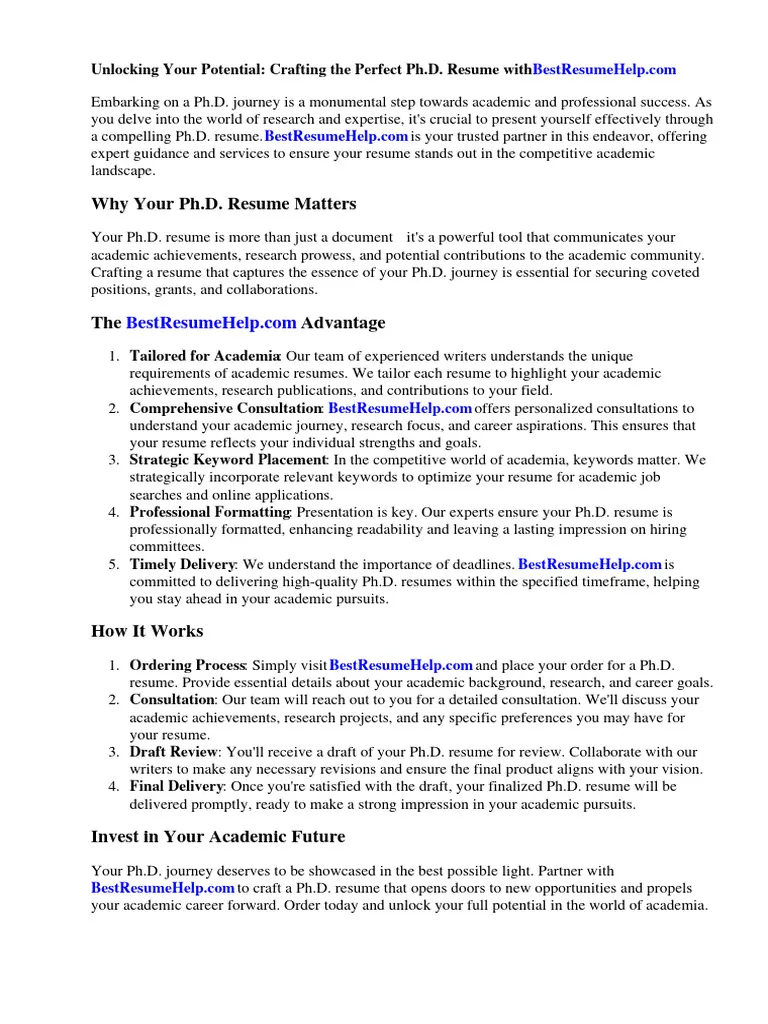
A strong PhD application cover letter typically includes several key components. Each element plays a vital role in showcasing your qualifications and making a compelling case for your admission. Careful attention to detail in each section will significantly enhance your chances of making a positive impression on the admissions committee.
Header Information
The header of your cover letter should include your contact information and the date, as well as the recipient’s contact information. This ensures that the admissions committee can easily identify you and reach out if necessary. It’s a simple but important way to provide essential details upfront.
Your Contact Information
Include your full name, address, phone number, and professional email address. Make sure your email address is professional and appropriate for academic correspondence. This part is for letting the recipient know how to contact you.
Date
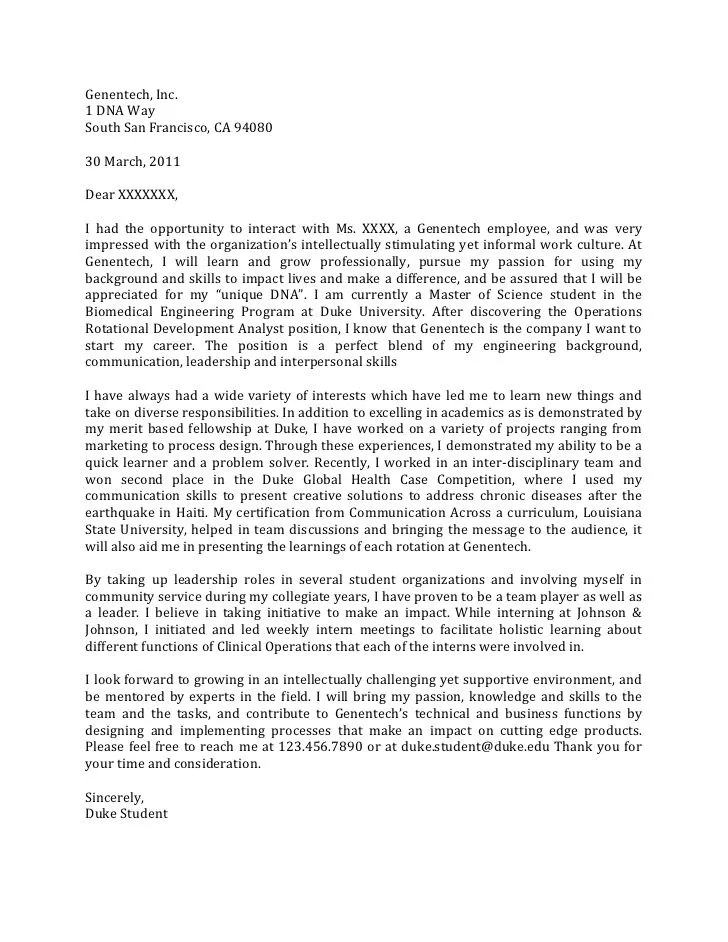
The date should be the current date, placed below your contact information. This provides context to the application and signifies when you submitted the letter.
Recipient’s Contact Information
Address the letter to the appropriate person, such as the admissions committee or the specific professor you wish to work with. Research the correct title and name to avoid any errors. It demonstrates that you’ve taken the time to personalize your application.
Salutation
Use a professional salutation, such as “Dear Dr. [Last Name]” if you know the professor’s name. If you are unsure, “Dear Admissions Committee” or “Dear [Department Name] Graduate Admissions” are acceptable. The salutation sets the tone for your letter, so it should be polite and respectful.
Body Paragraphs
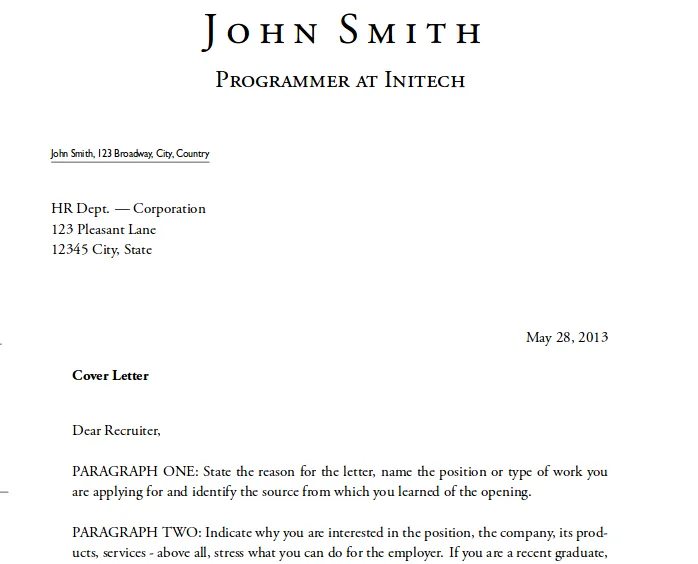
The body of your cover letter is where you showcase your qualifications, express your interest, and demonstrate your suitability for the program. It’s crucial to organize your thoughts logically and concisely to make a strong impact. Consider these essential elements.
Paragraph 1 Expressing Interest and Motivation
Begin by clearly stating your interest in the specific PhD program and the field of study. Mention the specific professors or research areas that align with your interests. Explain your reasons for pursuing a PhD and why you chose this particular program. This is your chance to grab their attention right away and show genuine enthusiasm. Explain your desire for the PhD and your long term goals.
Paragraph 2 Highlighting Relevant Skills and Experience
Highlight the skills and experiences you’ve gained that are relevant to your chosen field. This includes research experience, coursework, publications, presentations, and any other relevant achievements. Provide specific examples to illustrate your abilities. Quantify your accomplishments whenever possible to demonstrate your impact and capabilities. Use the STAR method (Situation, Task, Action, Result) to structure your examples.
Paragraph 3 Demonstrating Research Alignment
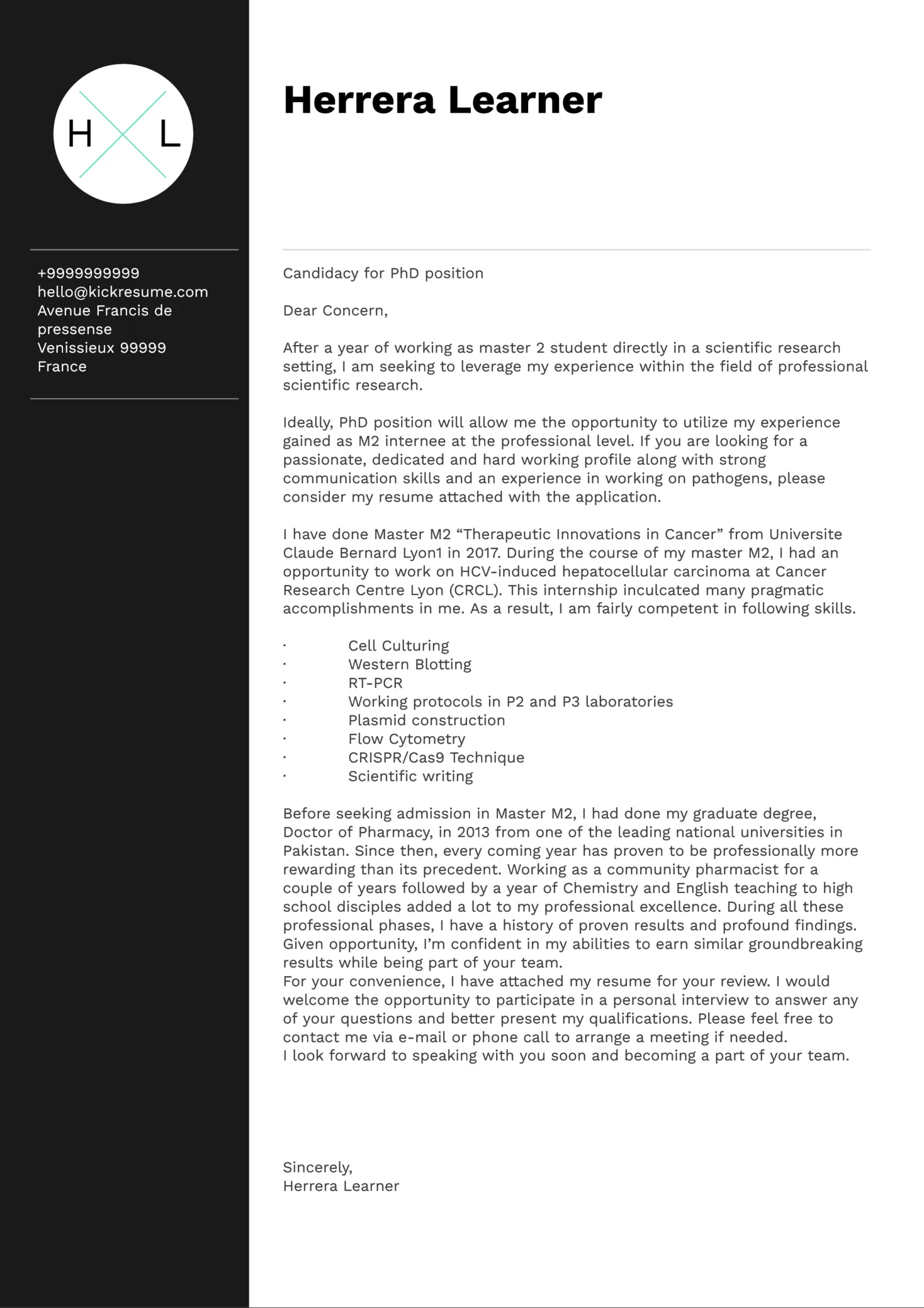
Discuss your research interests and how they align with the program’s focus. Mention any faculty members whose research aligns with yours. Describe your proposed research ideas or the type of research you’d like to pursue during your doctoral studies. Show that you understand the program and can contribute meaningfully to the research community. This demonstrates that you have done your homework and are not just applying to any program.
Paragraph 4 Addressing Specific Program Requirements
Address any specific requirements or prompts mentioned in the program’s application guidelines. For instance, some programs ask specific questions or request that you elaborate on particular aspects of your experience. Tailoring your letter to the program’s requirements shows that you are attentive to detail and dedicated to the application process.
Closing the Letter
The closing of your cover letter should reiterate your interest and express your gratitude for the committee’s consideration. Keep it concise and professional, leaving a positive final impression.
Formal Closing
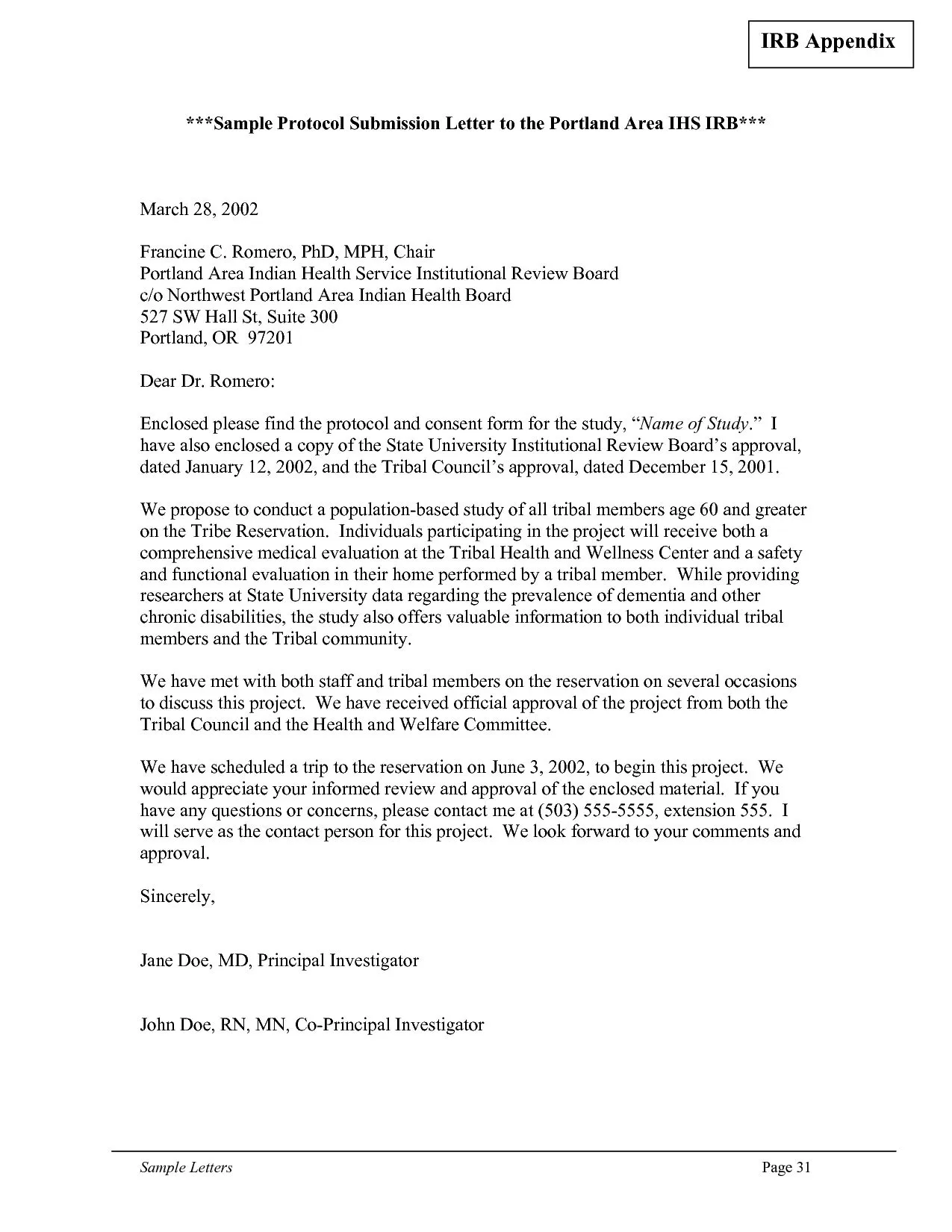
Use a formal closing such as “Sincerely,” or “Respectfully,” followed by your name. This shows respect and professionalism.
Signature
If submitting a hard copy, leave space for your handwritten signature above your typed name. If submitting electronically, you can type your name or insert a digital signature. Ensure that your signature looks professional and is easy to read.
Formatting Your PhD Cover Letter
Formatting your PhD cover letter correctly enhances readability and demonstrates your attention to detail. Following standard formatting guidelines helps your letter look professional and makes it easier for the admissions committee to read and assess your application. Consider the following aspects.
Font and Font Size

Use a standard, readable font such as Times New Roman, Arial, or Calibri, with a font size of 11 or 12 points. Avoid using overly fancy fonts that can be difficult to read. Ensure your font choice is consistent throughout the document.
Margins and Spacing
Set 1-inch margins on all sides of your document. Use single-spacing for the body of the letter and double-spacing between paragraphs. This ensures that your cover letter is visually appealing and easy to read.
Proofreading and Editing
Thoroughly proofread and edit your cover letter before submitting it. Check for any grammatical errors, typos, or inconsistencies. Ask a trusted friend, professor, or career advisor to review your letter as well. A polished cover letter reflects your professionalism and attention to detail.
Example Cover Letter Template
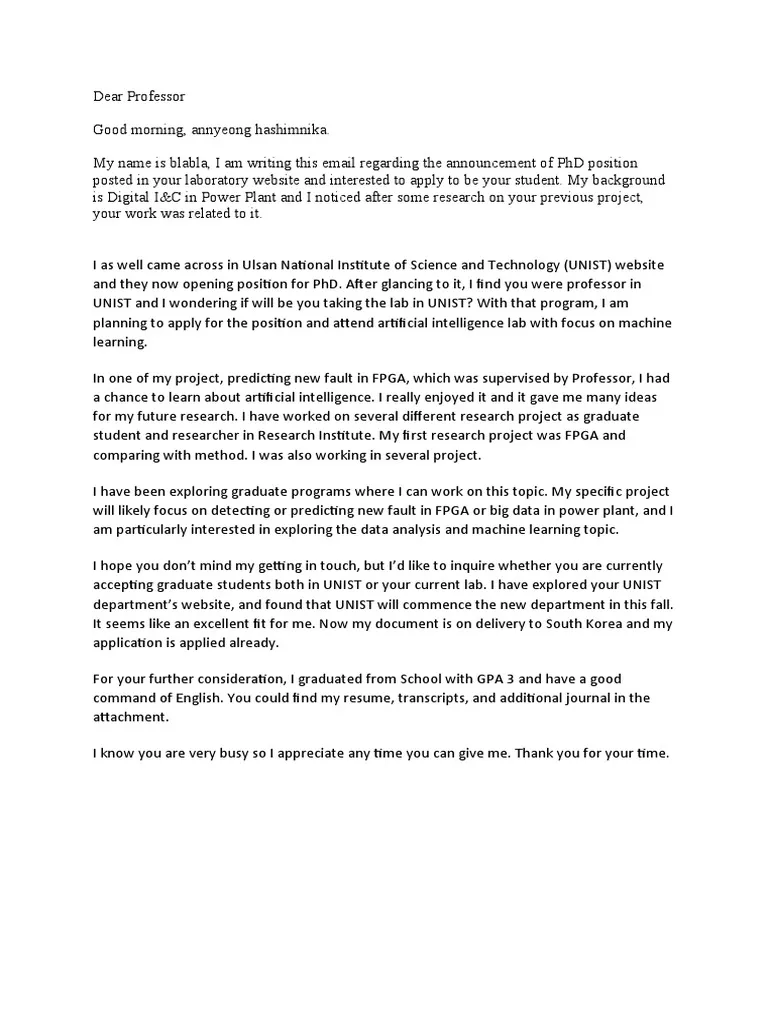
The most important thing is to write a cover letter that is unique to you. Be sure to tailor it to the program you are applying to. You can use this as a starting point. Here is a basic outline to get you started.
Dear [Professor’s Name or Admissions Committee], I am writing to express my interest in the PhD program in [Program Name] at [University Name]. My research interests align closely with the work being conducted by [Professor’s Name] and I am very excited to potentially be a part of the program. In my previous experience, I was able to… (Continue with your experience here). Thank you for your time and consideration.
Common Mistakes to Avoid
Avoiding common mistakes can significantly improve the quality of your PhD application cover letter. Here are some key pitfalls to steer clear of. The errors you make can determine whether you get an interview, or if your application is denied.
Generic Language and Lack of Personalization
Avoid using generic language that could apply to any program. Tailor your letter to the specific program, faculty, and research interests. Demonstrate your genuine interest and knowledge of the program by mentioning specific faculty members, courses, and research projects. A personalized cover letter shows that you have taken the time to research the program and understand its unique offerings.
Typos and Grammatical Errors
Typos and grammatical errors can damage your credibility and give the impression that you are not detail-oriented. Proofread your cover letter carefully before submitting it. Use spell-check and grammar-check tools, and have someone else review your letter for any errors. Attention to detail is crucial in academia, and a well-written cover letter demonstrates your commitment to precision.
Exceeding the Recommended Length
Keep your cover letter concise and focused. Aim for one to two pages in length, depending on the specific requirements of the program. Admissions committees often have to read many applications. Respect their time by providing relevant information in a clear and concise manner. Prioritize the most important information and avoid unnecessary details.
Submitting Your Cover Letter
Make sure to submit your cover letter along with all the other required documents. Always proofread your application before submitting it. You can also submit your cover letter in person, but only if you have a planned meeting.
How to Tailor Your Cover Letter
Tailoring your cover letter to each specific program is essential for making a strong impression. Here are several strategies for customizing your letter and demonstrating your suitability for each program.
Research the Program and Faculty
Thoroughly research the program’s website, faculty profiles, and recent publications. Identify the faculty members whose research interests align with yours. Mention specific courses, research projects, or publications that resonate with your interests. This shows that you have taken the initiative to learn about the program and that you are genuinely interested in joining it. Make a list of key facts about the program.
Highlight Relevant Skills and Experiences
Adapt your cover letter to highlight the skills and experiences that are most relevant to the specific program. Emphasize any research experience, coursework, or projects that align with the program’s focus. Tailor your examples to showcase your abilities and how you can contribute to the program. Review the job description and tailor it to the description of the program.
Show, Don’t Tell
Use specific examples to illustrate your skills and accomplishments. Instead of simply stating that you are a good researcher, describe a specific research project you conducted and the results you achieved. Quantify your achievements whenever possible to demonstrate your impact and capabilities. Providing concrete evidence strengthens your claims and makes your cover letter more compelling.
Final Thoughts
Writing a compelling PhD application cover letter takes time, effort, and attention to detail. By following these guidelines and tailoring your letter to each specific program, you can significantly increase your chances of making a strong first impression and securing an interview. Remember to proofread carefully, seek feedback from trusted sources, and present yourself as a motivated, qualified, and passionate candidate ready to embark on a journey of scholarly excellence. Your cover letter is your opportunity to tell your story and showcase your potential to contribute to the world of research. So, take the time to craft a cover letter that reflects your unique strengths and aspirations.
